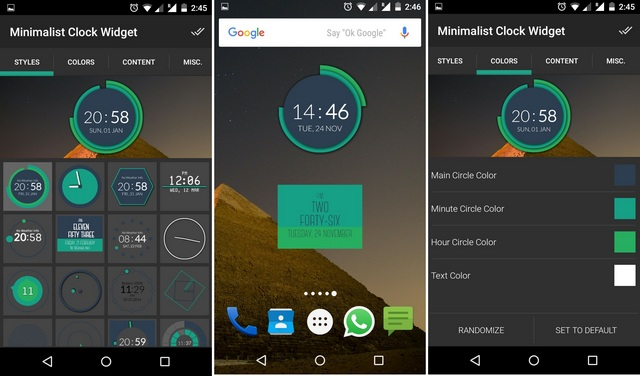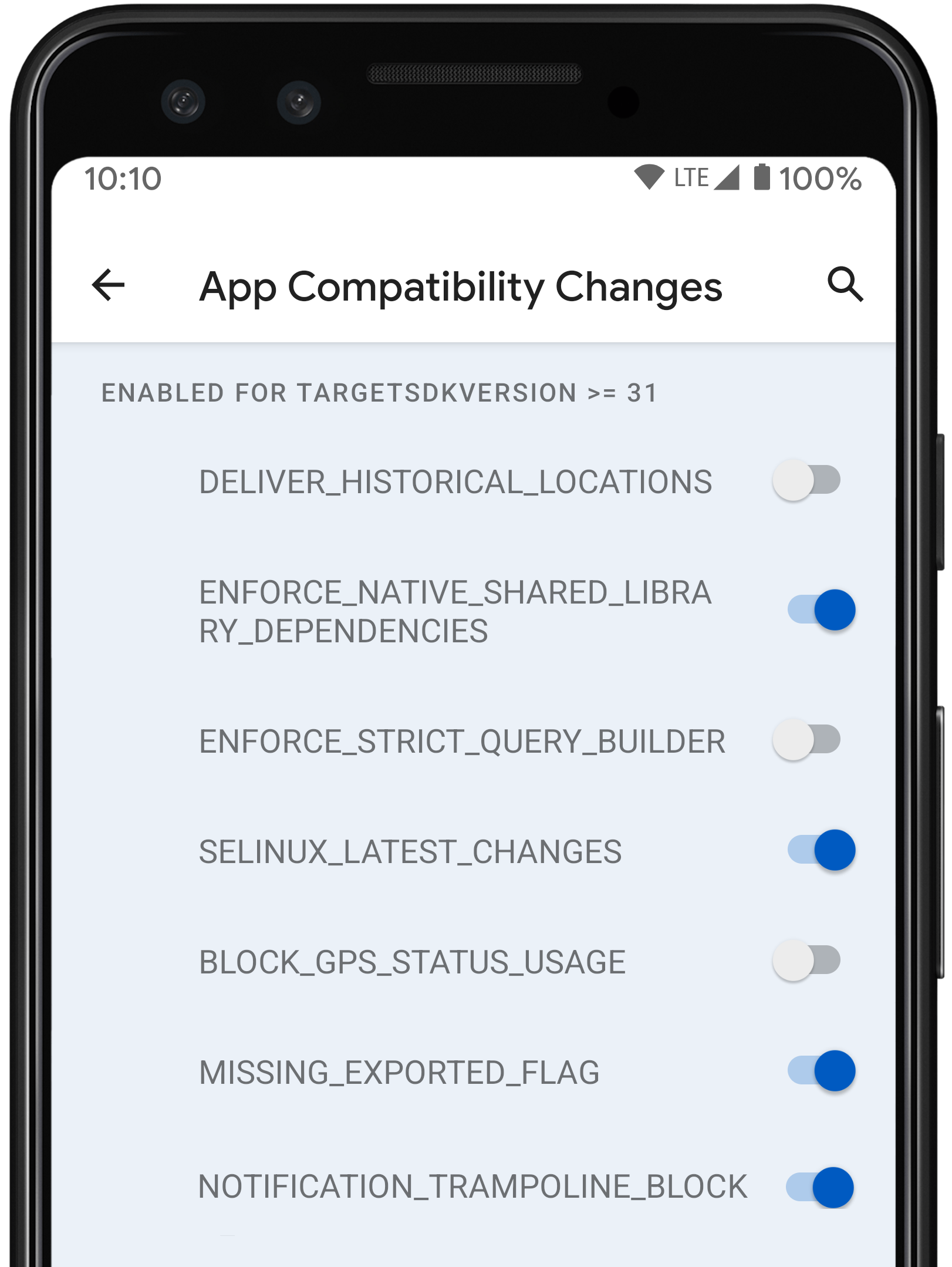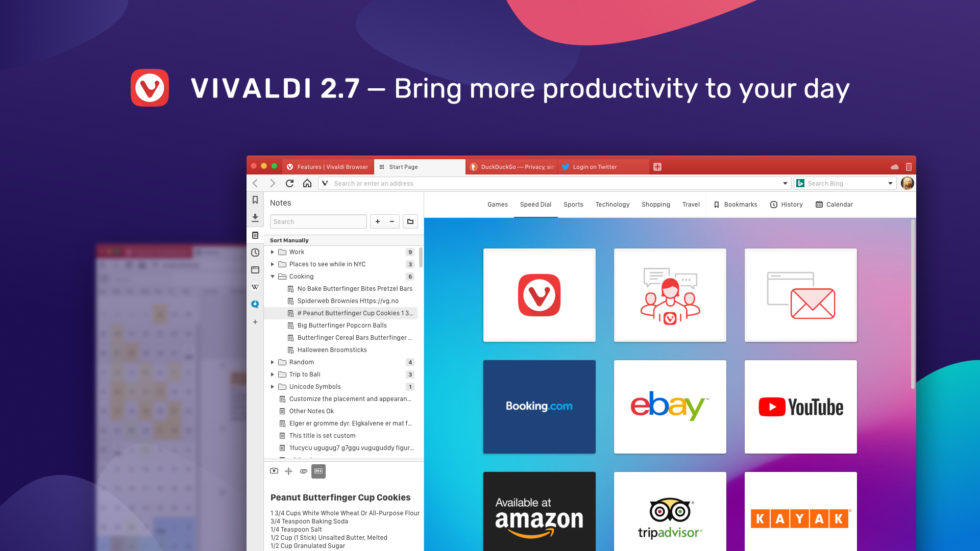Android Widgets have long been a staple of the Android operating system, allowing users to customize their home screens and access app features quickly. These mobile widget elements, introduced in the early days of Android, have seen fluctuating popularity compared to their counterparts like iOS widgets. With Google’s recent updates aimed at enhancing widget discovery on Android, the spotlight is back on these interactive tools. The new updates not only improve the visibility of Google Play widgets but also encourage developers to invest in mobile widget development. As users explore the newly curated collections and visual badges for apps with widgets, they may find themselves re-engaging with the potential of Android Widgets like never before.
In today’s dynamic mobile landscape, home screen interfaces have evolved to offer more than just static icons; they now embrace dynamic components known as widgets. These interactive elements serve as a bridge between apps and users, simplifying access to essential information straight from the home screen. Unlike traditional app icons, these tools provide a glimpse into app functionalities, fostering a more efficient user experience. As Google enhances widget discovery through thoughtful updates to the Play Store, developers are encouraged to expand their widget offerings. This transformation not only reshapes user interactions but also plays a crucial role in the ongoing iOS widgets comparison, showcasing the advancements and potential of customizable mobile interfaces.
The Evolution of Android Widgets: A Lost Opportunity?
Android widgets have been around since the early days of the platform, providing users with quick access to essential information right from their home screens. However, compared to the burgeoning ecosystem of iOS widgets that really took off after their introduction in 2020, Android widgets seem to lag behind in aesthetic appeal and functionality. Despite being an early innovator, Google’s approach to widgets hasn’t resonated as strongly with users, leading to a general preference for the more polished interface offered by Apple.
The shift in widget usability and design on iOS highlighted a significant gap in the Android experience. Users noted how widgets on iPhones and iPads are not only more visually appealing but have also been integrated more thoughtfully into the operating system. Many Android users, as seen in user discussions, often find themselves disappointed with the widget offerings available on their devices, leading to a lack of engagement with this feature. As developers, the challenge remains to innovate and improve the overall widget experience on Android to match user expectations.
Comparing Google Play Widgets with iOS Widgets
When comparing widgets between the Google Play ecosystem and iOS, it’s crucial to consider both functionality and user experience. iOS widgets are integrated seamlessly into the operating system and provide robust customization options that enhance user interaction. In contrast, Android widgets, while functional, often face criticism for their inconsistent design and usability, causing many users to avoid them altogether.
The contrast highlights a need for Android to step up its game in mobile widget development. Google has recognized this necessity, as indicated by their latest updates aimed at improving widget discovery on Android. The goal is to make widgets more prominent in the Google Play Store, allowing users to find apps that offer these features more intuitively. This development sets the stage for a more engaging user experience, potentially bridging the gap between the two operating systems.
Mobile Widget Development: The Next Frontier
Mobile widget development is becoming increasingly important as users seek more interactive and accessible ways to engage with their applications. As developers pivot to create more sophisticated widgets, the focus shifts to enhancing user interface design and ensuring functionality that resonates with both existing and new users. This is especially relevant in the context of Android, where Google is making strides to empower developers through easier widget discovery and promotion.
With the enhanced features in the Google Play Store, including visual badges for apps with widgets and editorial pages that promote widget usage, developers now have an excellent platform to innovate. The potential for increased user engagement through attractive and functional widgets is vast. As the platform evolves, developers must keep pace with user expectations and technological advancements to ensure their creations are not only found but also cherished by the users.
Widget Discovery on Android: A Game Changer for Developers?
The recent enhancements in widget discovery on Android mark a significant turning point for developers. With the introduction of new features in the Google Play Store, developers can now showcase their widgets more effectively, making it easier for users to find and utilize them. This overhaul is crucial for addressing the long-standing issue of widget adoption on Android, where many users have felt overwhelmed by the sheer volume of available apps without knowing which ones offer valuable widgets.
By utilizing a new search filter specifically for applications with widgets, Google has opened up new avenues for users to explore the widget landscape. This discovery mechanism can potentially lead to increased use and engagement with widgets, as users will have direct, filtered access to relevant applications. For developers, this means a more robust platform for showcasing their innovations and a higher chance of user interaction with their widget offerings.
Understanding the Importance of Widgets in User Engagement
Widgets serve a crucial role in enhancing user engagement by providing instant access to information and functionalities. They act as a bridge between users and their favorite apps, allowing for more immediate interactions without needing to open the application fully. This ease of access can significantly enhance the user experience, yet many Android users have found that the current widget offerings are lacking compared to what is available on iOS.
As Google works to refine the widget discovery process and promote widget usage, it emphasizes the importance of creating quality, user-driven widgets that meet the needs of the audience. Topic-focused editorial pages and highlighted applications in the store can drive awareness and appreciation for these features, ultimately leading to increased engagement. Developers must focus on crafting widgets that resonate with users, ensuring that they are not just functional but also visually appealing and intuitive.
The Future of Widget Design: Embracing User Feedback
As the competition between Android and iOS continues, the future of widget design hinges on the ability to listen to user feedback. User preferences play a pivotal role in shaping the direction of widget development, as customizability, aesthetics, and functionality are increasingly demanded by users. The push for more user-friendly designs is evident in Google’s latest announcements regarding widget updates and the importance of incorporating user suggestions into the development process.
In this context, Android developers have the opportunity to innovate and transform widget design. By targeting user experience and incorporating features that users value, such as interactivity and personalization, widgets can become a driving force behind user engagement on the platform. As developers embrace new trends, they must remain agile, adapting to users’ changing needs and leveraging insights gathered from ongoing experimentation.
Best Practices for Developing Engaging Widgets
Building engaging widgets requires a solid understanding of best practices in mobile development. Developers should prioritize a clean and intuitive design, ensuring that widgets are not just visually appealing but also user-friendly. Research shows that users tend to gravitate towards widgets that offer personalized experiences, so incorporating customization options can significantly enhance user satisfaction.
Furthermore, it’s essential for developers to consider performance optimization and security measures when developing widgets for Android. Slow-performing widgets can detract from user experience, leading to frustration and abandoned use. By focusing on creating fast, responsive, and secure widgets, developers not only improve engagement but also foster trust and reliability in their creations.
Leveraging Google Play for Enhanced Widget Visibility
To maximize the reach of new widgets, developers must leverage the features available within Google Play. With the recent updates enhancing widget visibility, apps can now take advantage of filters and badges that highlight their widget offerings. By optimizing listings with informative descriptions and visuals, developers can ensure that users are aware of the value their widgets provide.
Additionally, Google Play allows for curated content that can feature high-quality widgets, creating greater exposure for those applications. Developers should aim to get their widgets included in these curated lists, as it can significantly boost user trust and engagement. This strategy not only helps in attracting new users but also encourages existing users to interact with the widgets more frequently.
Exploring the Impact of Widget Aesthetics on User Choice
Widget aesthetics play a critical role in user choice, particularly as users seek to personalize their home screens. The difference between an aesthetically pleasing design and a utilitarian one can influence whether users engage with widgets or overlook them entirely. A well-designed widget can draw users in, making them more likely to utilize the feature, while a poorly designed one may lead to disengagement, as many Android users have previously experienced.
Given the slow uptake in spending on Android widgets compared to iOS counterparts, developers must be mindful of aesthetics and functionality while designing their widgets. Emphasizing design principles that cater to user preferences not only enhances the visual appeal but also improves overall user satisfaction. This strategic focus can potentially increase the adoption rate of widgets on Android, promoting a richer user experience.
Frequently Asked Questions
What are Android Widgets and how do they enhance user experience?
Android Widgets are interactive elements that can be placed on the home screen of Android devices, providing users with at-a-glance information and quick access to app functionality without needing to open the app. They enhance user experience by allowing for customization and efficient use of screen real estate, simplifying the interaction with key features.
How does Google Play improve widget discovery for Android users?
Google Play has introduced significant enhancements to widget discovery, allowing users to search specifically for apps with widgets through a new filter. Additionally, apps featuring widgets are now marked with a visual badge on their listing pages, making it easier for users to identify and utilize these features.
What are some differences between Android Widgets and iOS Widgets?
While both Android Widgets and iOS Widgets aim to enhance user experience, iOS Widgets, introduced in iOS 14, have been noted for their more aesthetically pleasing design and user-friendly functionality. This has led to disparities in user engagement, with iOS users finding widgets more beneficial compared to their Android counterparts, despite Android’s earlier introduction of the feature.
Are there any recent updates from Android developers regarding widget functionality?
Yes, recent updates from Android developers indicate a renewed focus on making widgets more accessible and engaging. Google has announced plans to enhance the visibility of widgets in the Google Play Store and create a curated editorial page to educate users about the value of widgets, aimed at increasing their adoption among Android users.
How can developers leverage new opportunities for mobile widget development on Android?
Developers can take advantage of new opportunities for mobile widget development on Android by utilizing the enhanced widget discovery features in Google Play. By creating visually appealing and functional widgets, developers can engage users more deeply and drive app usage outside the traditional app interface.
What resources are available for Android developers to learn about widget best practices?
Android developers interested in widget best practices can visit the Android Developers Blog which regularly posts updates, guidelines, and best practices for developing widgets. This includes detailed advice on how to create effective and engaging widgets that can significantly enhance user interaction.
| Key Points |
|---|
| Google was an early innovator in mobile widgets with the initial Android version in 2008. |
| Apple introduced widgets in iOS 14 in 2020, offering improved utility and aesthetics compared to Android. |
| User experience with widgets on Android is generally considered less appealing than on iOS. |
| Google is now focusing on enhancing widget discovery in the Google Play Store to encourage developer adoption. |
| New features include widget search filters, visual badges for widget apps, and a curated editorial page on widgets. |
| The aim is to boost user engagement with widgets and increase the incentive for developers to create them. |
Summary
Android Widgets have been a key feature since the platform’s inception, but the recent advancements and strategies being implemented by Google signal a renewed commitment to improving their functionality and appeal. By enhancing widget discovery and providing tools for developers, Google hopes to bridge the gap that has emerged between Android and iOS widgets, encouraging more users to utilize these features effectively. As Google continues to refine its approach, the potential for Android Widgets to become a more valued component of user experience is on the horizon.



